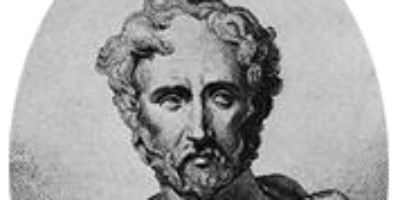John Tyndall worked at the Royal Institution of Great Britain as a professor of physics. (jan 1, 1853 – jan 1, 1887)
Description:
John Tyndall was a physicist that seemed to have a bit of a rough start in life. He did not start off in the science field, rather an engineer. After working as a surveyor for some time, he attended the University of Marburg for his Ph.D. It wasn’t until three years after completing graduate school late he obtained employment at the Royal Institution in London. There he worked with Michael Faraday and his curiosity and knowledge finally had their chance to run wild. He completed many experiments, but is known mostly for his contribution to diamagnetism. At the Royal Instituted, he concluded, “that water vapour and carbon dioxide absorb much more radiant heat than the gases of the atmosphere and argued the consequent importance of those gases in moderating Earth’s climate—that is, in the natural greenhouse effect;” a fundamentally foundation that we must grow to take more into consideration today. (Barton 2016) He also studied that diffusion of light and other concepts in atmospheric physics.As with many intellectuals, Tyndall wanted to share his knowledge with the world. He was known for writing many works that were intended to be shared with those that were not as educated as he, one in particular being Fragments of Science for Unscientific People: A Series of Detached Essays, Lectures, and Reviews. More of his works included the data that he observed from his atmospheric physics experiments, like Six Lectures on Light.
Barton, Ruth. John Tyndall. Encyclopædia Britannica, inc., 2016. Encyclopædia Britannica, www.britannica.com/biography/John-Tyndall.
Added to timeline:
Date:
jan 1, 1853
jan 1, 1887
~ 34 years
